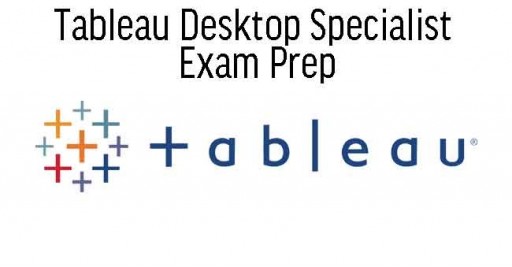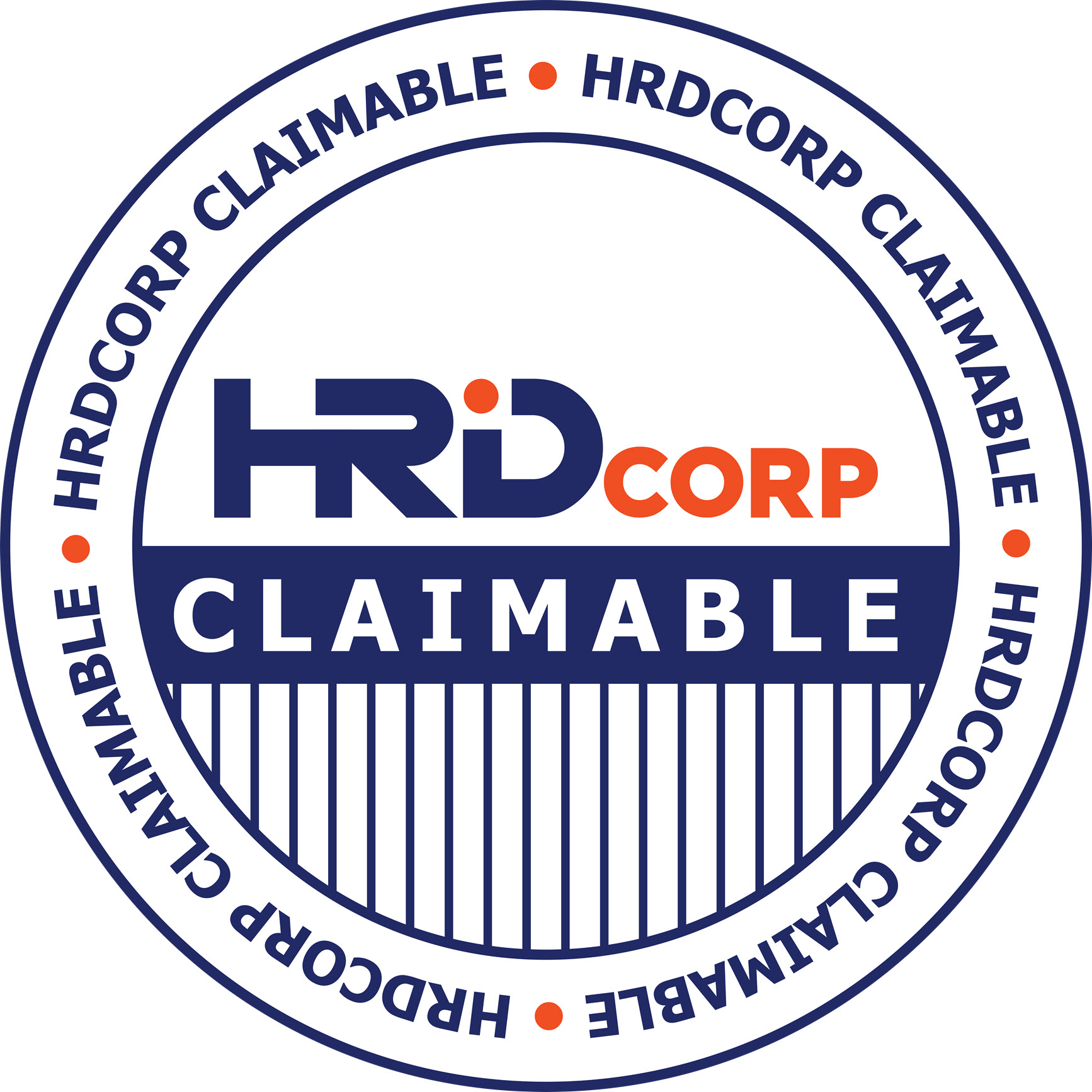
Tableau Certified Desktop Specialist Training
Venue
Entrance Fee
Category
Event Type
Share
Schedule
| Date | Time |
|---|---|
| 04/10/2025 | 9:30 AM - 5:30 PM |
| 05/10/2025 | 9:30 AM - 5:30 PM |
| 15/10/2025 | 9:30 AM - 5:30 PM |
| 16/10/2025 | 9:30 AM - 5:30 PM |

The Tableau Desktop Specialist Exam Prep course empowers participants to confidently navigate Tableau's powerful data connection, analysis, and sharing capabilities. This comprehensive training covers essential skills, from creating and managing live connections and extracts to effectively preparing and connecting data from multiple sources. Master key data preparation techniques, including data modeling, joins, and relationships, and learn to optimize data fields and manage properties for effective analysis.
Building on these foundations, the course guides you through creating impactful data visualizations, including bar charts, scatterplots, density maps, and advanced visual analytics. Participants also learn to develop interactive dashboards and configure visualizations for a polished, professional presentation. Gain expertise in sharing insights across platforms and formats, from workbooks to PowerPoint exports, while thoroughly preparing for Tableau's certification. Take the next step in advancing your data skills with this targeted,
Certificate
All participants will receive a Certificate of Completion from Tertiary Courses after achieved at least 75% attendance.
Funding and Grant
HRD Corp Claimable Course for Employers Registered with HRD Corp

Course Code: M274
lationships to a data source
Add joins and unions
Explain when to use a join versus a relationship
1.3 Manage data properties
Rename a data field
Assign an alias to a data value
Assign a geographic role to a data field
Change data type for a data field (number, date, string, Boolean, etc.)
Change default properties for a data field (number format, aggregation, color, date format, etc.)
Topic 2: Exploring and Analyzing Data
Create basic charts
Create a bar chart
Create a line chart
Create a scatterplot
Create a map using geographic data
Create a combined axis chart
Create a dual axis chart
Create a stacked bar
Create a density map
Create a chart to show specific values (crosstab, highlight table)
Organize data and apply filters
Create groups by using marks, headers, and the data pane
Create sets by using marks and the data pane
Organize dimensions into a hierarchy
Add a filter to a view
Add a date filter
Apply analytics to a worksheet
Add a manual or a computed sort
Add a reference line
Use a quick table calculation
Use bins and histograms
Create a calculated field (e.g. string, date, simple arithmetic)
Explain when to use a parameter
Display totals on a worksheet
Topic 3: Sharing Insights
Format view for presentation
Use color from the marks card
Configure fonts
Format marks as shapes
Configure viz animations
Change size of marks
Show and hide legends
Create and modify a dashboard
Add worksheets to a dashboard
Add interactive elements for consumers (e.g. show filters, data highlighter, tooltips)
Add dashboard actions (e.g. filter action, highlight action, parameter control, URL action)
Configure a dashboard layout and create device-specific dashboards
Create a story and a story point
View and share workbook data
Share a workbook (e.g. twbx as a PDF or an image, publish to Tableau Server)
View and export underlying data
Export to Microsoft PowerPoint
Topic 4: Understanding Tableau Concepts
Understand dimensions and measures
Explain what kind of information dimensions usually contain
Explain what kind of information measures usually contain
Explain the difference between dimensions and measures
Understand discrete and continuous fields
Explain how discrete fields are displayed
Explain how continuous fields are displayed
Explain the difference between discrete date parts and continuous date values
Understand aggregations
Explain the default aggregation for measures
Describe how an aggregated measure changes when dimensions are added to a view